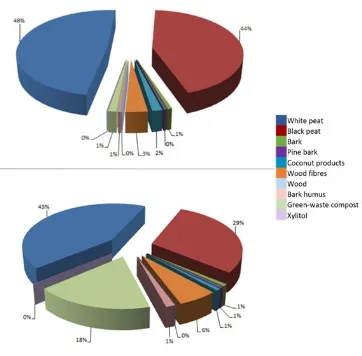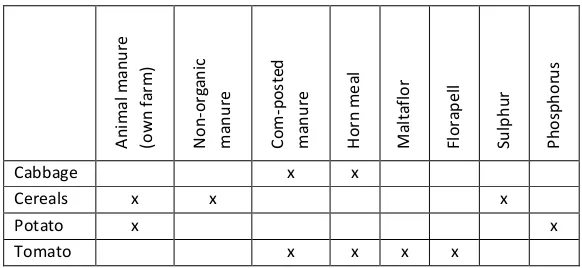Current use of peat, plastic and fertiliser inputs in organic horticultural and arable crops across Europe
Full text
Figure




Related documents
Network analysis and scientific methodology consti - tute the evaluation and recognition of practical relations among the study issues and their structures. These nodes
Although actual services provided to callers vary from caller to caller, the service is proactive (repeated calls with a trained counselor with a set protocol of one month
However, regarding the lava flow hazard estimation, we are left with uncertainties. The DOWNFLOW hazard map generation depends on the topography, 1h , the PDF of vent opening, and
When the economic crisis broke out, the weaker countries, rather than having those powers that everyone in Maastricht had wanted to retain at the national level under the
procera root bark ethanolic extract on cellular (T cell) and humoral (B cell) mediated immune responses using animal models to the antigenic challenge by sheep RBCs,
The elevated levels of serum ALT, AST, ALP, total bilirubin (total and direct), and total cholesterol as well as reductions in levels of total protein and albumin as observed in
Therefore the aim of this observational study was to assess the utility of the MYMOP2 and W-BQ12 health outcomes measures for measuring clinical change asso- ciated with a course
Table 2 - Prevalence of symptoms of asthma, rhinitis and atopic eczema among adolescents (aged 13 to 14 years) in different Brazilian centers International Study of Asthma





